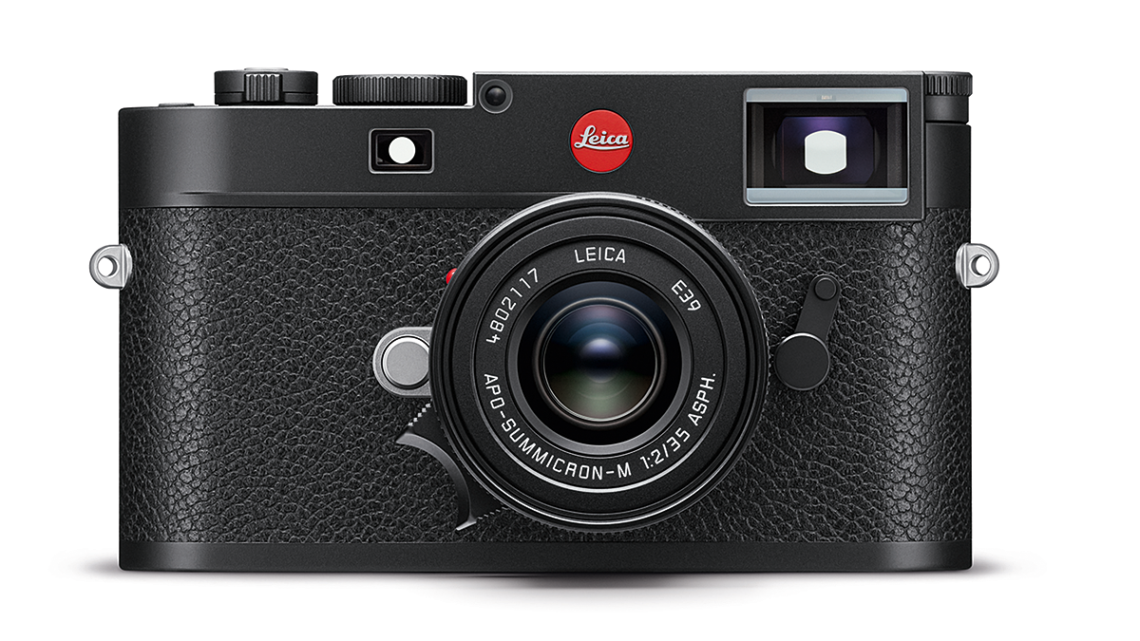
Leica M11 announced: Leica’s best and most-rounded M to date
Leica has announced the latest update to its rangefinder camera, the M11. After numerous leaks online, the Leica M11 is now official. Rather than go over what’s been leaked already, after speaking with Leica today at the press launch, I’m going to outline what I’ve learned.
The price is confirmed as £7,500 body only, £600 for the new Visoflex 2. Both are inclusive of VAT.
My concise review of the Leica M11 can be read here.
Leica M11 – bespoke full-frame sensor
The sensor is a new model that won’t be used in other Leicas (probably due to the size). The 60MP device is a BSI CMOS type, so it should help mitigate the extreme ray angle issues that contributed to (the mostly correctable) colour and corner shading of the past.
In addition, a newly-designed UV/IR cover glass is said to dramatically reduce flare and ghosting. Samples shown at the briefing made by photographer Joshua Jackson, who had early access to the camera, seemingly confirmed this. A Leica spokesperson also confirmed that the new cover glass improves colour reproduction. That might refer to the reduction of colour-shading: it’s certainly a contributor but is there any more to it? That’s still unknown at this time.
Noise reduction (dark frame subtraction) can be turned off, thus reducing the time between shots in long-exposure lowlight shooting. It also means NR can be performed in post, which is preferable anyway.
Pixel binning is adopted for the 36MP and 18MP options, resulting in lower noise (and claimed higher dynamic range as a result). Dual gain technology was mentioned in the presentation, though I missed that (didn’t hear it). It makes sense and will be confirmed by testing.
Leica M11 – body
According to customer demand, the black finish model is deliberately lighter in weight than the chrome finish, using aluminium instead of brass. It also features a new more scratch-resistant process, similar to an anodised finish and is 110g lighter overall. While the top plate is confirmed as aluminium, I’m waiting to hear from Wetzler (via Leica UK) about the bottom plate. It is currently Leica UK’s understanding that it’s aluminium.
Update (14/01/22): Leica UK has confirmed that aluminium is used for the base plate in both models, while the black has an aluminium top plate and the chrome finish uses brass.
The bottom plate with the removable battery design, found on the SL, Q, and S series, allowed a higher capacity battery – now 18000 mAH and slightly higher voltage: some 64% more capacity over the M10 which translates into longer life (some 700 images with the EVF, CIPA figs.) The rear screen is slightly smaller than that on the M10, so it doesn’t overlap the top plate, though it isn’t flush with the rest of the body (as previously rumoured).
Leica M11 – control layout and menus
The button layout now duplicates that found on the Leica Q2 and SL models, with the small button on the top plate giving access to eight user-selectable features. Pressed a second time it gives access to the favourites screen, which allows you to assign more features on the fly but, similarly, only up to the maximum (eight). All menus and display screens follow the same layout as the Leica Q2 and SL models.
A new thumb rest is available, but it is not backwards compatible (with the M10).
Visoflex 2
Part of the presentation mentioned the new Visoflex. It’s a 3.68 MP OLED unit housed in an aluminium casing. It has diopter control from -4 to +3 and three click stops (as opposed to two previously), with the intermediate setting of 45 degrees, as well as the expected 0- and 90- degrees. The Visoflex 2 will be compatible with the M10 models after a firmware update has been released. This is penned in for March but remains to be confirmed. Note that the original Visoflex won’t work on the new M11.
Price is £600, inc VAT.
Pre-orders (Now mostly in stock!)
Recommended v90-rated SDXC II card
Leica recommends SanDisk Extreme Pro SDXC cards (UHS-II – V90), check prices [affiliate links]
